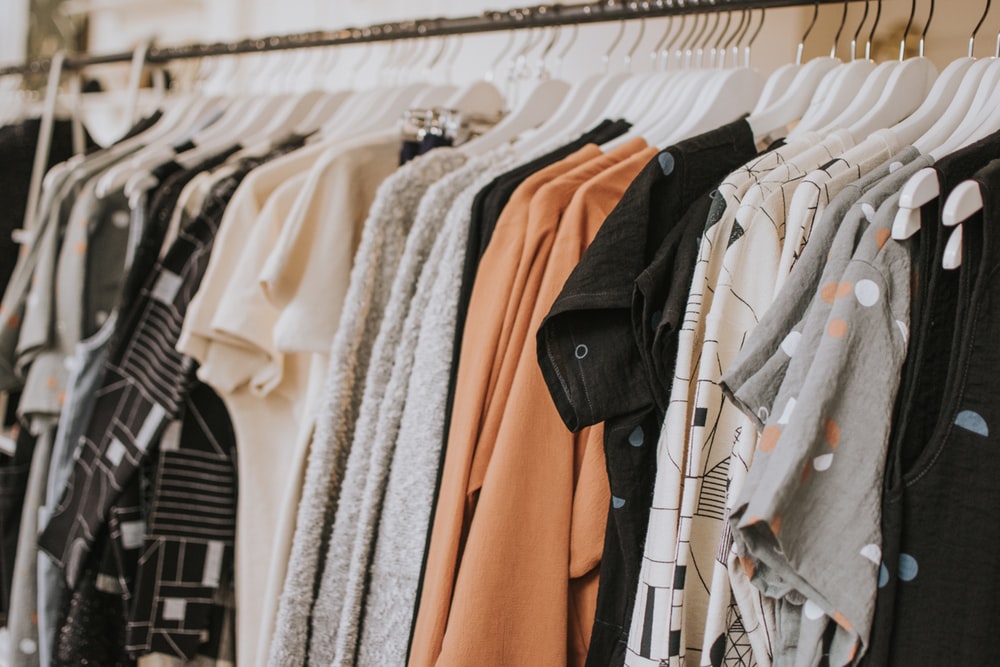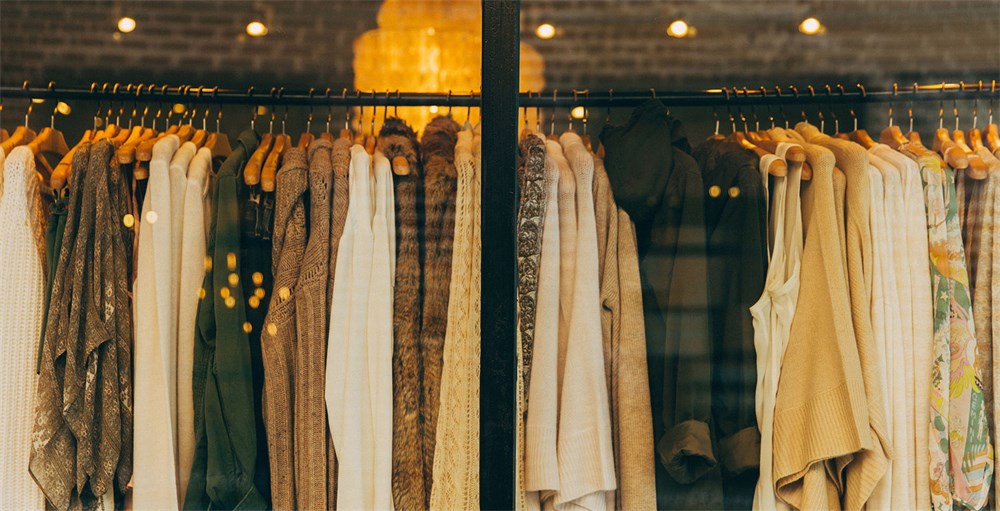Why Quality Clothing Matters
Buying quality items will save you money in the long run
Cheaper quality clothing items will almost always have a short lifespan, sometimes a lifespan so short that the item will only last through the first wear or one wash in the machine. To help you determine whether an item is worth it’s asking price, fashionistas around the world have created the “Cost per wear” formula.
Cost per Wear = Total cost of the Item / Number of times you’ll wear it
When in doubt, use this formula to help you decide if an item is really worth splurging on.
You’ll become more aware of your shopping habits
Because quality items are usually sold at a higher price, it’s logical to assume that shoppers would spend more time picking out quality items since these items are eating up more of their budget.
It’s easy to walk around a mall and mindlessly pick out jeans in your size that you ‘don’t need to try on’, but when the jeans are $150, you’re more likely to try them on to see if they fit well, provide comfortability and determine if they will need to be altered in any way, which adds an extra cost, thus making the jeans more expensive than the price listed on the price tag.
Resale Ability
Anyone who’s ever taken clothes to Plato’s Closet or used apps like Poshmark and Depop know that items they spent more on, usually sell for more later in life as well. For example, a Forever 21 sundress being re-sold for $20 is less likely to sell than a Free People dress being re-sold for $60. This is because shoppers are less inclined to buy used ‘fast fashion’ clothing items compared to quality garments that have been used or worn before.
Not to mention, the Free People dress still has numerous wears left in it, while the Forever 21 garment is most likely on its last wash before unraveling.
WARNING!
If you’re feeling overwhelmed after reading this article and realize that the majority of your purchases are cheap clothing items that hold no significant value to you, that’s okay and perfectly normal.
This article was not intended to convince you that you need to throw out your wardrobe and spend $4,000 on ‘quality’ deemed items, but rather encourage you to be more mindful next time you leave the house to do a ‘shopping haul’ at a fast fashion retailer.




